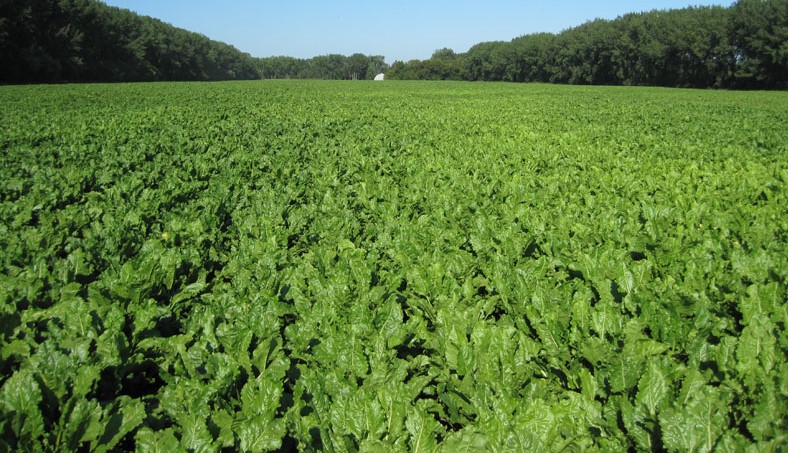The CR+ Revolution: Considerations for Managing Cercospora Leafspot

New sugarbeet seed varieties resistant to Cercospora leaf disease first became available in 2021. Known as “Cercospora resistance plus performance varieties” or “CR+,” these varieties show promise in both savings on spray and processing costs and reducing crop loss, but questions remain. In this blog, Dr. Al takes a look at past management history and some best practices when managing Cercospora.
A Look Back at Cercospora Treatment
Cercospora Leafspot has been a pandemic for the sugarbeet industry for decades in the Eastern and Midwest regions. From 1979 to 1981, almost complete resistance to the benzimidazole fungicide family occurred. This was followed by successful management of Cercospora using mostly tin and some mancozebs, until 1996-1998 when tolerance to the tin fungicides built up because of exclusive use of the tin products.
Eminent, the first triazole registered fungicide, hit the market in 1999 and gave excellent Cercospora control until near exclusive use of Eminent again resulted in resistance to it and other registered triazole fungicides.
Headline EC gave wonderful control of Cercospora for a few years, but again, constant overuse resulted in Cercospora resistance and near total loss of control with this fungicide family.
The CR+ varieties have now taken the market by storm because of unbelievable resistance to infection by Cercospora. This isn’t the first time sugarbeet seed was modified to address this prevalent disease, however. Decades ago, plant breeders developed varieties with very high Cercospora resistance. Unfortunately, they were also resistant to high yield capability. This significant yield drag prevented widespread acceptance by growers and most sugar industry experts. With 2021 being the first year of CR+ use, we will certainly be monitoring yield and sugar content.
Managing to Mitigate Resistance

So how should these CR+ varieties be managed for the long-term benefit of the sugarbeet industry?
The first rule, is DO NOT follow the pattern of bad fungicide management or the sugarbeet industry will lose effectiveness of the CR+ trait, as well. Field scouting and monitoring NDAWN station weather data still must be done.
Opinions Vary on How Many Applications is “Right”
Unfortunately, at this time, there is not a consistent management strategy advocated by all industry experts. There is general acceptance of a very early first fungicide application. After that, differences in management strategies becomes evident.
In my opinion (and that of most cooperative experts), a second fungicide application should follow the first one within about 14 days.
After these first two applications, many experts and I agree there is opportunity to skip or delay subsequent applications. Under favorable environmental conditions for Cercospora, most of the Red River Valley, southern Minnesota, and Michigan growing areas are applying four fungicide applications. However, some growers and crop consultants advocate applying only two or three applications even in southern growing areas. In a few instances, growers in the northern Red River Valley apply fungicides only once on CR+ varieties.
Mismanagement of this CR+ trait will eventually result in Cercospora developing resistance to the CR+ varieties. Dr. Melvin Bolton, USDA Plant Pathologist in Fargo, a highly respected expert on the genetics and biology of Cercospora, is convinced that poor Cercospora management will eventually lead to loss of effectiveness of the trait. The greater the uncontrolled level of Cercospora, the greater will be the likelihood of resistance development. Nearly all industry experts agree with this point of view.
Conclusion
Wise management of Cercospora using a conservative fungicide approach will preserve the trait effectiveness for as long as possible. If not sure of the best approach to follow, talk to several experts to understand how to best manage these CR+ varieties.




